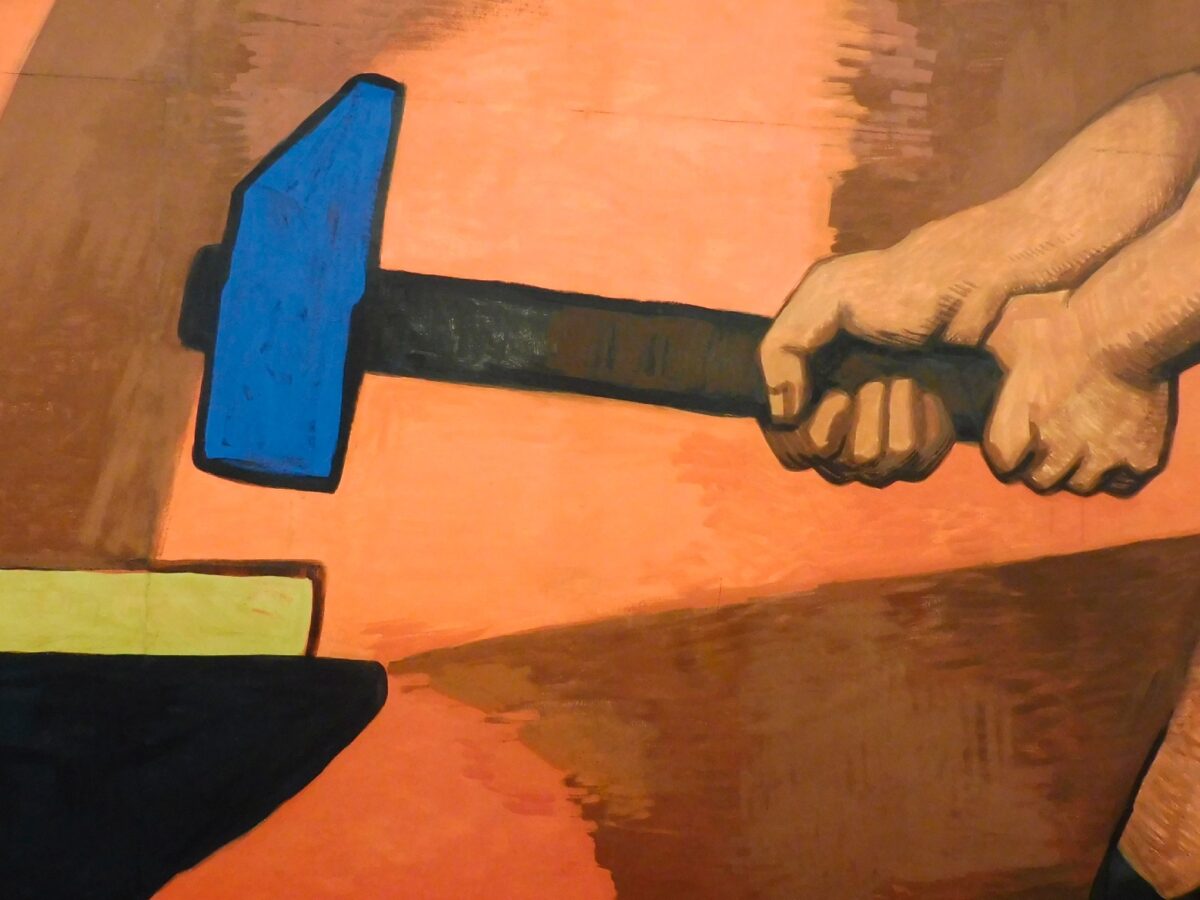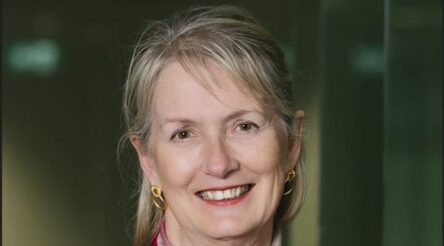Collaboration and quiet achievement the threads running through innovative companies

@AuManufacturing concluded its Australia’s 50 most innovative manufacturers campaign this week with an event at the Clayton Hotel on Tuesday. Below is the introductory speech, reflecting on what came out of our four-month effort.
I thank everyone in this room for coming out to this breakfast event, to meet with your peers, and to celebrate what you’re all keeping busy with.
I’d like to share a few introductory words about this campaign, which has been made possible through the generous support of MYOB, Bosch Australia Manufacturing Solutions, and SMC Corporation.
When we began this campaign in March, we made no mention of startups, and spelled out a clear message that “every Australian manufacturer innovates in one way or another”, and that we wanted to learn about some of the ways and celebrate them.
Though our nominee list for today is not short on startups or world-class technology, these things by themselves do not equal innovation.
We – that is me and Peter Roberts, the other half of @AuManufacturing – enlisted the help of human-centred design consultancy WAVE Design to help write nomination criteria, and we selected a judging panel made up of sponsors and independent experts. We wanted the end results to be credible as well as open to all kinds of manufacturers.
We ran a launch webinar in March that Peter hosted, an event during Australian Manufacturing Week in cooperation with our friends at the Advanced Manufacturing Growth Centre. It featured some of the superstars seated at Table 2. Thank you again to Richard from Kite Magnetics, Taya from Coolon, Kheang from 1Millikelvin and Arden from MGA Thermal, who can’t be here, but whose team has come along today.
We are very happy with the response from our community, with 76 nominations overall. One was unusable and the other was a duplicate, so our list stands at 74. Still: a result we’re more than happy with, and a collection of some incredibly impressive manufacturers of all kinds, making everything from environmentally-friendly wet wipes to hypersonic aircraft.
Looking through the judges’ picks for the eventual Top 10, some things become clear.
One is the importance of that perhaps-overused word, collaboration, whether it was among different levels of a manufacturing company, with other companies, with universities, or – of course – with customers in the course of understanding what problems are worth solving. Often it was all of the above.
Related to this, if I re-read nominations from the Top 10, the importance of culture also stands out. Here are some relevant quotes, some of which have a word or two changed for anonymity’s sake. We’re yet to share the list and we don’t need spoilers.
- “Staff are empowered to contribute thoughts and ideas at all levels. The company structure is deliberately flat to encourage this.”
- “Our employee engagement survey indicates that 85% of staff strongly agree that they are encouraged to come up with better ways of doing things. This is 11% higher than the manufacturing 2020 average and global 2020 average indicators.”
- “We foster a culture that values and encourages innovation at all levels of the organisation. Our employees are empowered to share their ideas, experiment, and take calculated risks.”
- [As a demonstration of a commitment to innovation] “Keeping our staff up to date with context and strategy / approach so theirs is a shared vision.”
- “We trust in the creativity of each individual and work from the inside out to improve business processes and products.”
- “By promoting diversity and inclusivity within the company, we can access a wider range of perspectives, experiences, and ideas. This, in turn, can foster a culture of innovation that is open to new ways of thinking and problem-solving.”
To me it’s a more appealing picture than the one that’s sometimes presented of innovation. You know: moving fast and breaking things and disruption and hackathons and black skivvies and all that.
To me, the messaging around innovation can be unfortunate at times. Because innovation is important for any firm, big or small, startup or centuries-old. It drives progress and prosperity at a company and an economy-wide level.
It’s about understanding and solving problems that need to be solved, as voted by the market, in ways that haven’t been done yet.
If there’s something I wanted to suggest that defines the companies on this list, it’s probably the abundance of quiet achievement.
One example is CST Composites, a company in Sydney’s southwest that makes incredible volumes of carbon fibre tubing for some gigantic consumer and high-tech brands, but who generally don’t want to talk about it.
Or there’s Furnace Engineering, which is not far from here and which provides custom-built thermal processing solutions to industrial giants, researchers and others.
As their Managing Director Richard Simpson told me recently, not talking about prestige projects has “become the default setting… Culturally we’re comfortable with the idea that people will be able to see from what we do that they don’t need to know who we do it for.”
The 50 most innovative manufacturers list is rich with such examples.
There are examples of startups and of high technology, sure, but there’s change in the service of value creation at all kinds of manufacturers. And there are lessons from this campaign we hope are useful.
Speaking of which, we will publishing an e-book this week, featuring profiles of certain nominees, Q and As with some in the top 10, and words of wisdom from our judges. There’ll also be an explanation of the scoring regime and judging methodology, in case you need it.
A few further acknowledgements go out to Munib from WAVE Design, Rodney Ryan from SMC, Bradley Trewin from Bosch and Bruce Minty from MYOB, each of whom donated their time and expertise as judges.
Now to come back to quiet achievement.
Last year I had the pleasure of visiting a factory in Rosebery run by a company most people would not have heard of. It counts about $2 billion worth of exports of electronics gear since getting started in 2001.
About 250 work at Finisar Australia’s site, building wavelength selective switches used by the world’s big telcos to transport mobile phone, video and internet data.
They estimate about half of the world’s internet traffic travels through devices built at that south Sydney factory, where Australian innovation has helped dramatically improve the capacity and reliability of the internet.
Dr Simon Poole AO is one of the founders of that company, and he’s spent 40 years in photonics research, academia and industry. He moved to Australia in 1988, founded the Optical Fibre Technology Centre at the University of Sydney and then the Australian Photonics Cooperative Research Centre.
Since leaving academia in 1995 he has founded or co-founded a series of companies including Indx/JDSUniphase Australia, and his current venture, Cylite, which is creating devices using world-first, Australian-developed 3D imaging to provide micron-accurate measurements of the eye for clinicians and researchers.
He’s won many awards, including the 2018 Prime Minister’s Prize for Innovation with the Engana/Finisar founding team.
I’m really happy he’s agreed to share some of his adventures with us all today.
Please welcome our keynote speaker Dr Simon Poole to the stage.
Further reading
@AuManufacturing’s Australia’s 50 most innovative manufacturers – what we learned
Australia’s 50 most innovative manufacturers revealed
Lessons from Australia’s most innovative manufacturers
Official launch: Australia’s 50 Most Innovative Manufacturers
@aumanufacturing Sections
Analysis and Commentary Awards Defence Manufacturing News Podcast Technology Videos










